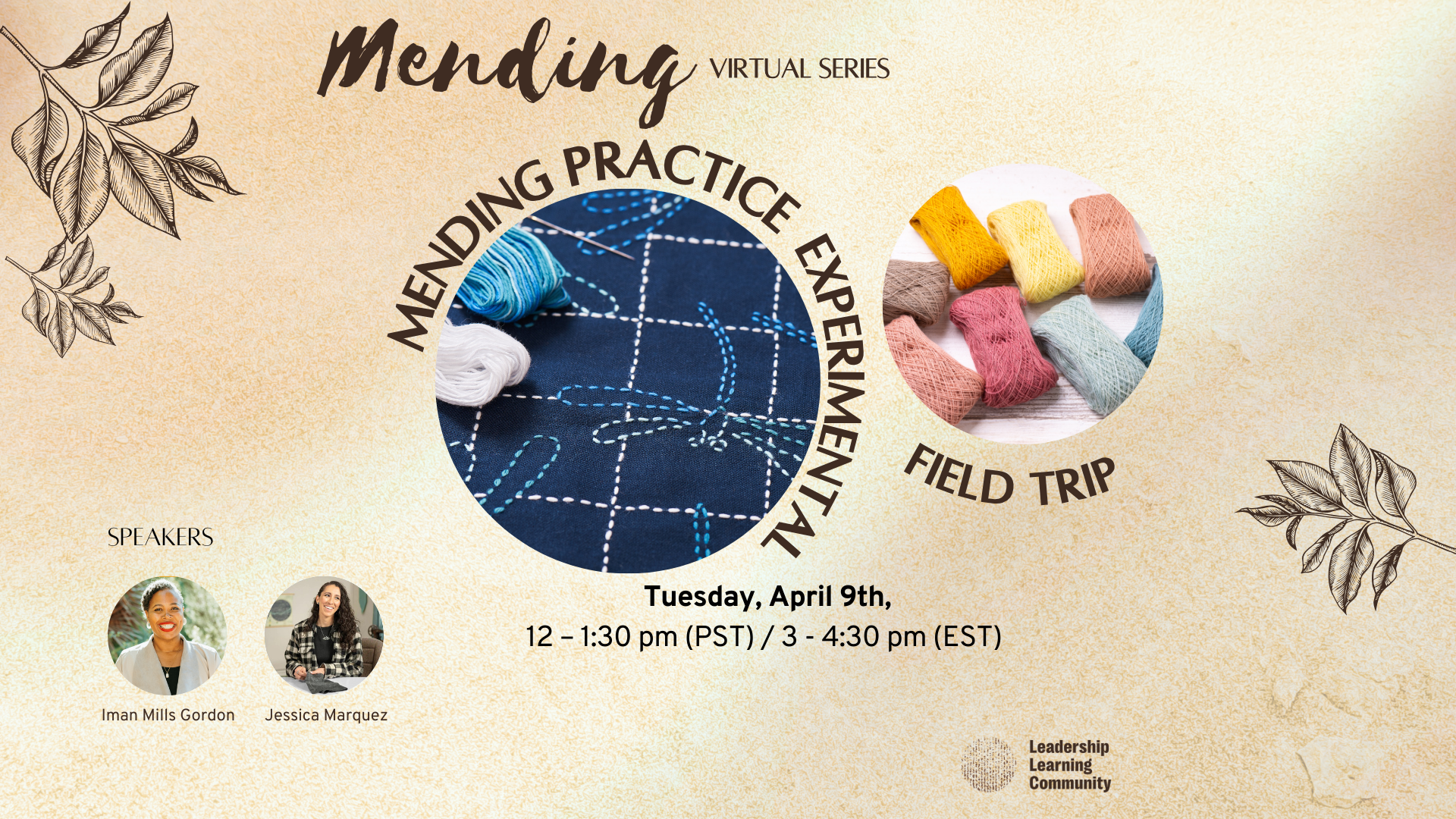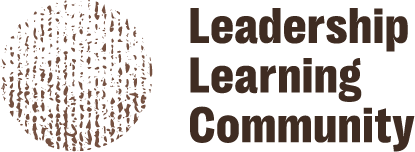Recap: Mending Session #2 Mending Practice Experimental Field Trip

Thank you all for joining us on our mending session with Jessica Marquez earlier this month.
People from many different places were able to join, including Oaxaca, Mexico; Petaluma, California; and New York City. We sent Sashiko kits out to community members who signed up beforehand. Jessica walked us through a ninety-minute practice in which participants learned a new mending technique, asked lots of questions, and reflected on the role of mending in other parts of their lives.
Sashiko is a traditional Japanese mending and embroidery practice that dates back to the Edo period (1603-1868). For contemporary Japanese American artists such as Mai Ide, Sashiko is helpful not only in the context of mending fabric but also in strengthening intention, repairing communal bonds, and tending to one’s time by slowing down. During our time together, Jessica shared the importance of tension in Sashiko. When stitching, one has to create tension to pull the needle through the layers of fabric to complete a full stitch. Jessica also emphasized the importance of being playful and open to imperfection when mending. When one of our participants asked how to start over because they’d made a mistake, Jessica’s advice was to keep going.
The lesson? See what new patterns emerge by not fighting the tension but instead allowing it to lead you to a solution. Adding a new stitch by mistake changes the dynamic of the fabric, but it doesn’t ruin it. It just allows for more transformation, and even the perceived “errors” in mending become part of the story. When we encountered technical difficulties during our session, we found a way through the mending process together. We were able to practice a fundamental belief that even after grace and lots of communication, sometimes apologizing publicly is part of mending.
What happens, then, when the fabric you mended wears thin again? In Jessica’s words, “Once you’ve completed a project, it doesn’t mean you’ve mended it forever and you’re done. You’ll probably need to mend it again.” We have appreciated the idea of continued repair when mapping this concept to interpersonal conflict that may re-emerge even when you may have thought it was previously resolved through conversation, intervention, and holding loving space.
We hope this visible mending field trip provided space to connect with others, surfaced new ideas about transformative conflict and offered a new way to practice mending. You can buy Jessica’s book “Make and Mend” on her website, where she also offers online and in-person mending classes as well as tools and materials to get started on your Sashiko journey.
Some questions to chew on:
- How do you approach navigating a new skill?
- Who do you practice repair with?
- What stories have you told yourself about conflict, and what parts of those stories need mending?
Some lessons from our session:
- Hand stitching in community is a powerful way to mend with a group. It has physically quantifiable effects on calming the nervous system, and it’s fun. It’s also a tactile way to reconnect to the world and others.
- As you continue to make connections between hands-on mending and your ideas around conflict, healing, and transformation, we invite you to consider the following reflection questions:
- Slow down, notice, and name. What emotions arise as you engage with this visible mending practice? Use Tool if Helpful
- Take a deep breath and listen. What are you telling yourself about those emotions? Are you judging yourself? Are you able to find space to be gentle with yourself?
- Begin Your Conflict Purpose Statement. What lessons from this hands-on visible mending session do you want to carry with you as you continue to explore your approach to conflict, mending, and transformation?
Some reflections from community members:
“What a wonderful space. This brought me back to my mending days, and is inspiring me to reach out to my aunt who does a lot of really intricate traditional Indian embroidery!” – Hilma.
“What a perfect way to spend my afternoon 🥰 I’m left thinking about how deeply connected repair work is to creativity. Thank you, Jessica and LLC. ” – Sree
“Thank you for the joy, laughter and time to look at repair work in such a different way. My mind is still stitching it all together.” – Goddess
“So grateful for such an amazing opportunity to learn and practice creative hand mending – transformational on so many levels. Jessica – much gratitude for your lovely teaching skills.” – Kinkini
“This was insightful and fun. I just got into crafting/mending, which was very interesting and helpful. In terms of reflection, I think the conflicts I noticed were in the “mess” of the thread and the inconsistencies in stitching and, gathering and alignment with the grid. I felt inclined to “hide my mistakes” and be embarrassed by imperfection. This was revelatory. There are ways I’ve been socialized to be ashamed of conflict/tension/imperfection. However, it’s right there at those intersections that growth occurs.” – Jessica
